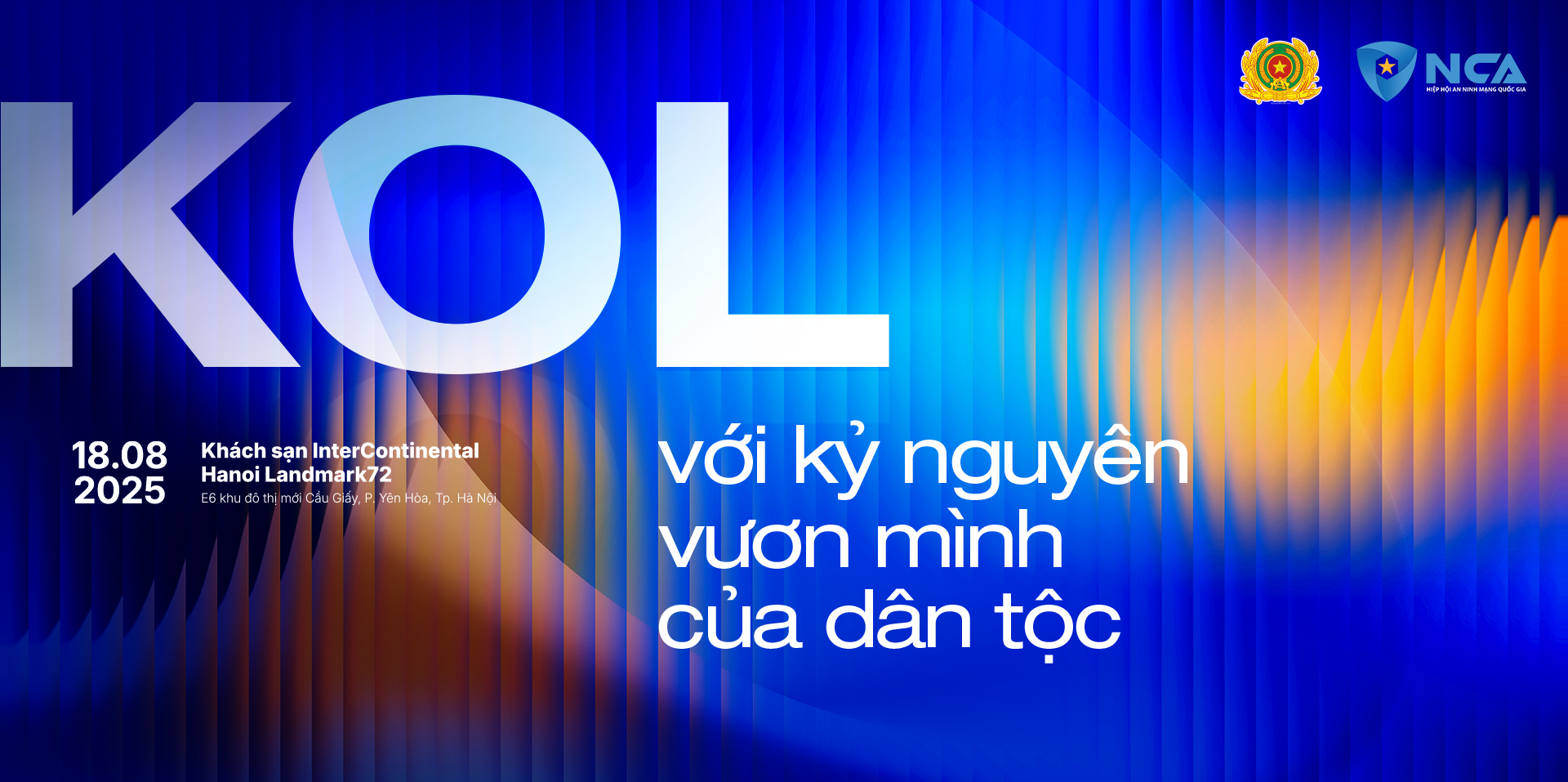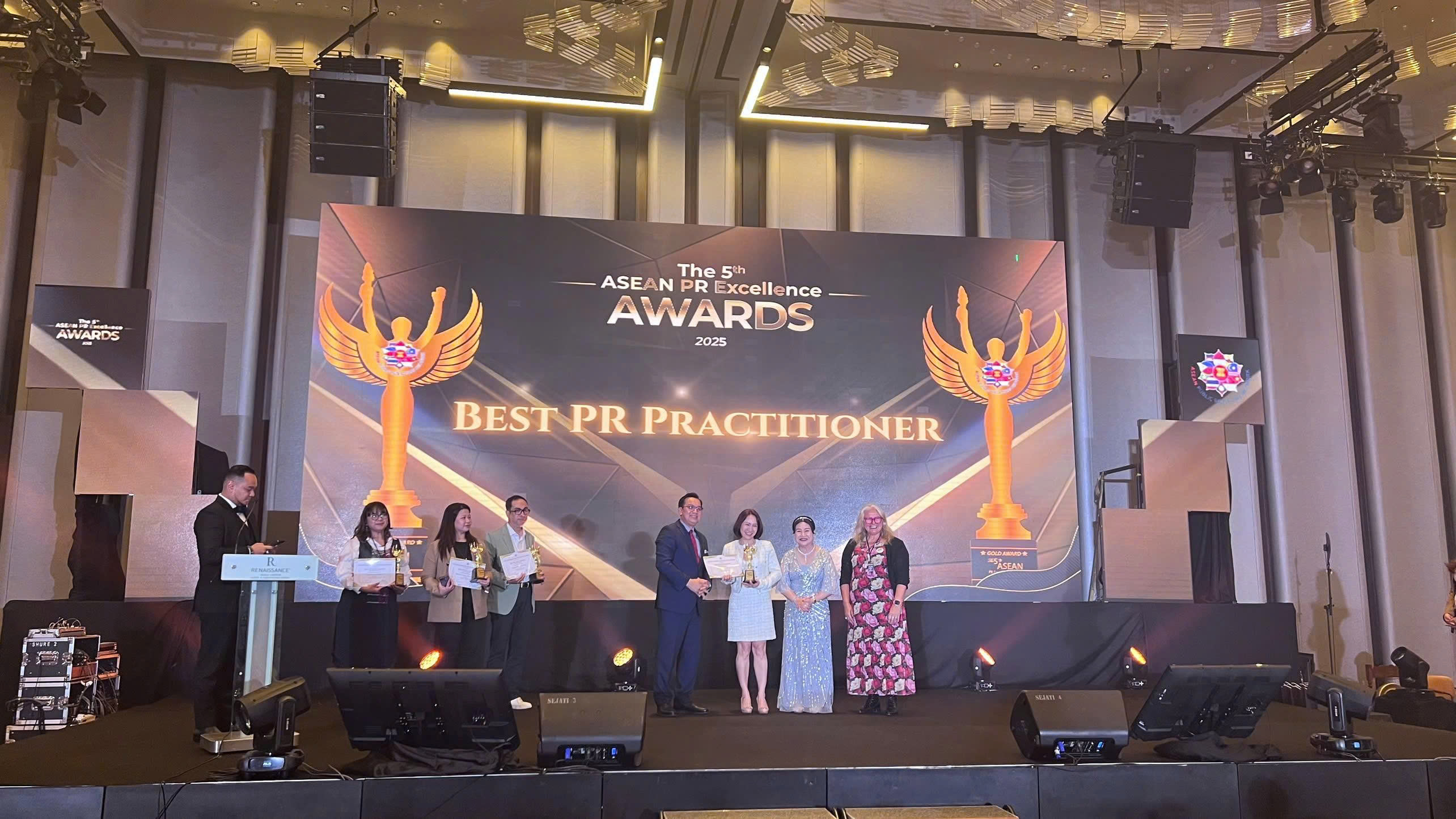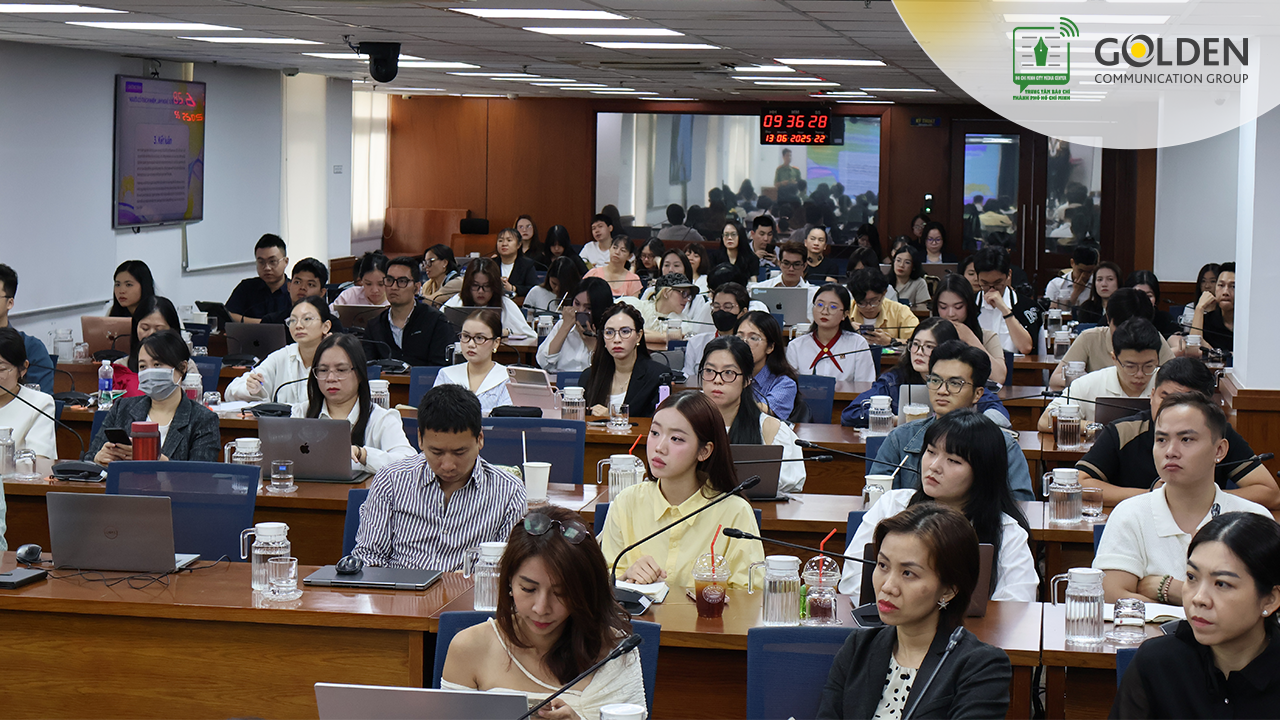Best practice in media strategy for multiscreen viewing
- share
- copy link
As technological advances continue apace, a need will grow for more standardised measurement and tech integration to better connect channels and deliver unified advertising solutions.
This article reveals a number of key considerations that brands can employ now, to maximise their investments across TV, online video and mobile.
Using case studies from 20th Century Fox, retailer Marks & Spencer and mobile network Three, this article highlights three key learnings for best practice guidance in marrying channels in an integrated media strategy to maximise ad receptivity.
These learnings include highlighting the roles that social media and data have to play and the need for identifying and targeting audiences successfully.
Media strategies for multiscreen viewing
This article is part of a series of articles on media strategies for multiscreen viewing. Read more.
Marrying a traditional medium such as TV with the often complex and fragmented world of online video and mobile is no easy task. As the pace of technological advancement continues to surge, we are increasingly seeing solutions to overcome some of these challenges. Even in a far-from-perfect world, however, with some astute audience insights and thoughtful planning, it is possible to design and build integrated media strategies which deliver against client objectives, while simultaneously appealing to audiences. The industry will continue to push for more standardised measurement and technological integration to better connect channels and deliver unified advertising solutions. But there are a number of key considerations that brands can employ, right now, to maximise their investments across TV, online video and mobile.
This article looks at some of the innovative audiovisual campaigns that we have delivered for clients, and offers three key learnings for best practice, illustrated with case studies.
1. Be single-minded
From traditional brand TV to DRTV, from broadcaster catch-up to in-banner online video, from mobile interstitial video to location-based beacons, all these media have the ability to deliver against a range of objectives. We may, in fact, use the same media channel (or even the same platform) at different stages in the purchase funnel, but we shouldn't expect everything at once. We must be single-minded on what each line on the media plan is aiming to deliver and then measure appropriately. Thinking about and setting up robust measurement from the outset is crucial to be able to understand what on the media plan is working and what isn't, then adapt and optimise accordingly.
Case study: 20th Century Fox 'Alien: Covenant'
Due to the advances in video across channels, brands must reconsider the role that each platform plays within the media mix and how they work together. For Fox's recent Alien: Covenant campaign, we needed to generate maximum awareness of the new movie, so went back to the drawing board and redefined how we used the audiovisual ecosystem. Our audience behaviour insights showed that we needed to work across multiple video platforms to gain optimum reach; TV could no longer be relied on to do the heavy lifting as our audience's video consumption is now fragmented across multiple screens.
Through our analysis we also found that over-investing in TV would be an inefficient use of budget; at a certain point we would get into diminishing returns and it would be far better to invest in digital video to build cost- efficient incremental reach. So we flipped the traditional roles on their head – digital video across Facebook, YouTube and VOD was used to build reach, with TV playing the role of stature, only running cherry-picked spots at key appointment-to-view moments in the audience's schedule. This meant the audience saw the Alien: Covenant campaign across all their screens, whatever the size, platform, or device they were using.
By redefining the roles of video to match the multiscreen viewing behaviour of our audience, we built cost- efficient reach in online video and mobile to a large audience whilst ensuring that we were present for key TV moments to provide the impact and stature of a much larger campaign.

2. Not all video is created equal
There is a plethora of different video formats in the market today and despite the 30-second TV commercial still being commonplace, many advertisers are now creating video for specific online environments or platforms.
Sometimes this is simply a cut-down version of the TV ad, but, increasingly, these executions are planned well ahead of the shoot to increase relevance to the user, as well as opening up opportunities for creative testing, sequential messaging and dynamic creative optimisation. In particular video, which sits outside of content streams and is often viewed briefly, vertically on mobile, and with no sound. This has forced advertisers and agencies to rethink how to deliver their messages in these environments.
Case study: Marks & Spencer 'Christmas with love from Mrs Claus'
For its 'Christmas with love from Mrs Claus' campaign, Marks & Spencer was looking for a customer-centric campaign that encapsulated the spirit of Christmas and kept it top of mind vs. its competitors in a key retail period. This meant that all audiovisual channels needed to be utilised to their full potential to maximise views. On TV, M&S used short teasers before launching the full three-minute TVC in the opening weekend. Through a partnership with Channel 4, M&S took Mrs Claus into the C4 programming world, generating standout with ads that also featured on-screen talent relevant to both the M&S brand and the show in which they appeared. For example, a homeware ad featuring presenters Kirstie Allsopp and Phil Spencer during a screening of Location, Location, Location, or a food ad featuring presenter Jimmy Doherty in Food Unwrapped. To harness second screening on mobile, Mrs Claus would tweet and reply to users talking about M&S and the TV ad.
The long-form ad was shown online in the opening week, with the first few days upweighted based on research, which showed that this approach helps to maximise shares and organic views. Skippable and outstream formats
were used for the longer creative to drive engaged views and minimise any annoyance factor. To maintain awareness throughout the campaign and extend reach, cut-downs were used (based on recommended time- lengths by platform to maximise view-through and brand awareness).
The activity was widened to include non-skippable in-stream and social video formats. On Facebook, the TV ad was not just cut down, but also put into a square format to better suit the feed on mobile devices, subtitles were added for all spoken word, the brand and campaign hashtag were prominent in the first three seconds of the ad, and the final branded endframe was enlarged. The modified ad delivered impressive uplifts of between 50% and 100% across ad recall, message association and brand favourability, compared with a standard TV commercial.
By customising video messaging, whether by changing the length of the ad, creating contextually relevant messaging on Channel 4, or editing the creative for social feeds, M&S ensured that its communications to customers felt relevant and suited, whichever environment the viewer discovered the ad in. After the first two days of the campaign, YouTube views were more than 50% higher than the previous year, fuelled by popular creative and smart media placement that was sensitive to environment and context.
Case study: Three 'Go Binge'
For its 'Go Binge' campaign, mobile network Three was looking to reach a young and tech-savvy audience who are mobile-heavy when it comes to video streaming. With a market-disrupting proposition of unlimited data when streaming content from select partners, a pioneering approach across screens was required.
TV spots were aligned with shows that had a high propensity to be streamed and the ads themselves featured similar shows such as Narcos and Stranger Things. TV and online video were linked using Samba TV's automatic content-recognition technology.

This meant that reach could be maximised with those who had not seen the ad on TV, but also that Three could target households based on viewing behaviour; people who are heavy viewers of the services available as part of Three's offer (e.g. Netflix, Dave, History Channel).
Social media is also very important for this audience, particularly to discuss shows that they are watching (Twitter claims that 40% of tweets during peak viewing time are about TV) and as a vehicle for discovery (Facebook claims that 66% of users discover TV shows on its platform). Three acted quickly to leverage the phenomenal success of Love Island – a key show for this socially engaged audience over the campaign period
– by collaborating with Twitter to promote the best clips from the show with 'Go Binge' pre-roll running before. Online and social video used a combination of 30-second and 15-second launch messages followed by further
sequential messaging, including a variety of six-second short-form creatives to avoid wear out. On Snapchat a bespoke 10-second vertical video was employed, with the option to swipe to discover further content. All in-feed social video was designed so that it worked without sound, either through subtitling or editing additional branding/ information frames into the video itself.
The Three campaign was a shining example of carefully considering both the business objectives and the audience when designing a video campaign. Where strong connections between messages could be made, for example, sequential messaging on social video or using TV content recognition technology to retarget users online, these advantages were employed to enhance the campaign. On more traditional media channels, where there are gaps in the technology chain, a more presumptive approach was taken, but based on human insights from robust audience, platform and brand data.
3. Understand people
There is an increasing wealth of data available that can help us to connect our clients' brands with their customers or potential customers in a meaningful way. The intelligent (human and artificial) application of first- party, socio-demographic, behavioural, contextual, transactional, technological, or other forms of data can all help to improve targeting efficiency for advertisers. As programmatic technologies continue to grow, our ability to build audiences and, crucially, execute on the exact same audiences across platforms is vital. Though traditional broadcast TV is still pivotal in driving mass reach for many of our clients, we are simultaneously seeing an appreciation of the ability to take digital-style targeting into the TV world through addressable TV solutions, such as Finecast being continually upgraded and refined within GroupM.
Case study: 20th Century Fox 'Murder on the Orient Express'
We are continually using data to identify addressable audiences to make our video strategies more effective and streamlined. For example, for 20th Century Fox, we can ensure we target frequent cinema goers through Oath's first-party data, or pushing this further, to people that have watched a group of select films making the audience hyper-targeted. We also use Amazon's first-party data to build segments of literary fans, for example, fans of Agatha Christie's work, who we can then serve relevant content to around the promotion of the new film release of Murder on the Orient Express. Amazon's data allowed us to identify existing fans of the book and the wider detective genre based on actual purchase behaviour, giving a strong indication of potential affinity to the film.
Once the audience was identified, we served them a 30-second pre-roll across the Amazon network (AAP), driving them to go and see the film at the cinema. By marrying the addressable audience with relevant content, the campaigns have proven to have stronger VTRs. But we don't just stop there, we must learn and adapt from each campaign, so once the theatrical campaign for the film has run, we then have even richer data to pull upon for the home entertainment release on DVD. Once that's finished, we then have a ready-made data pool of consumers to draw insight from and target for the next film of a similar genre.
We believe that understanding people is the most vital element of any multiscreen strategy because the more we know about people's real behaviour, the better placed we are to serve them the right message at the right time, in the right medium, on the right device.
Despite an industry focus on the new and shiny programmatic technologies and artificial intelligence-harnessing vast data sets, there is still a way to go until everything is fully connected. There is, however, no doubt that
technological capabilities will continue to rapidly approach the point where this is possible (even if commercial, regulatory and human barriers make the realisation of a 100% connected video ecosystem unlikely). Irrespective of this and in a seemingly ever more polarised world, balance is something which still holds great value; whether that is balancing objectives with measurement, balancing different video messaging formats across platforms, balancing broadcast with addressability, or balancing data and technology with human insight and wisdom. A strong sense of balance combined with an appreciation of the opportunities that a complex and continually evolving video world creates can lead to some great campaigns that drive business results.

.jpg)


.png)
